Home>Ideas and Tips>Upgrading Your Home’s Siding DIY Maintenance Tips
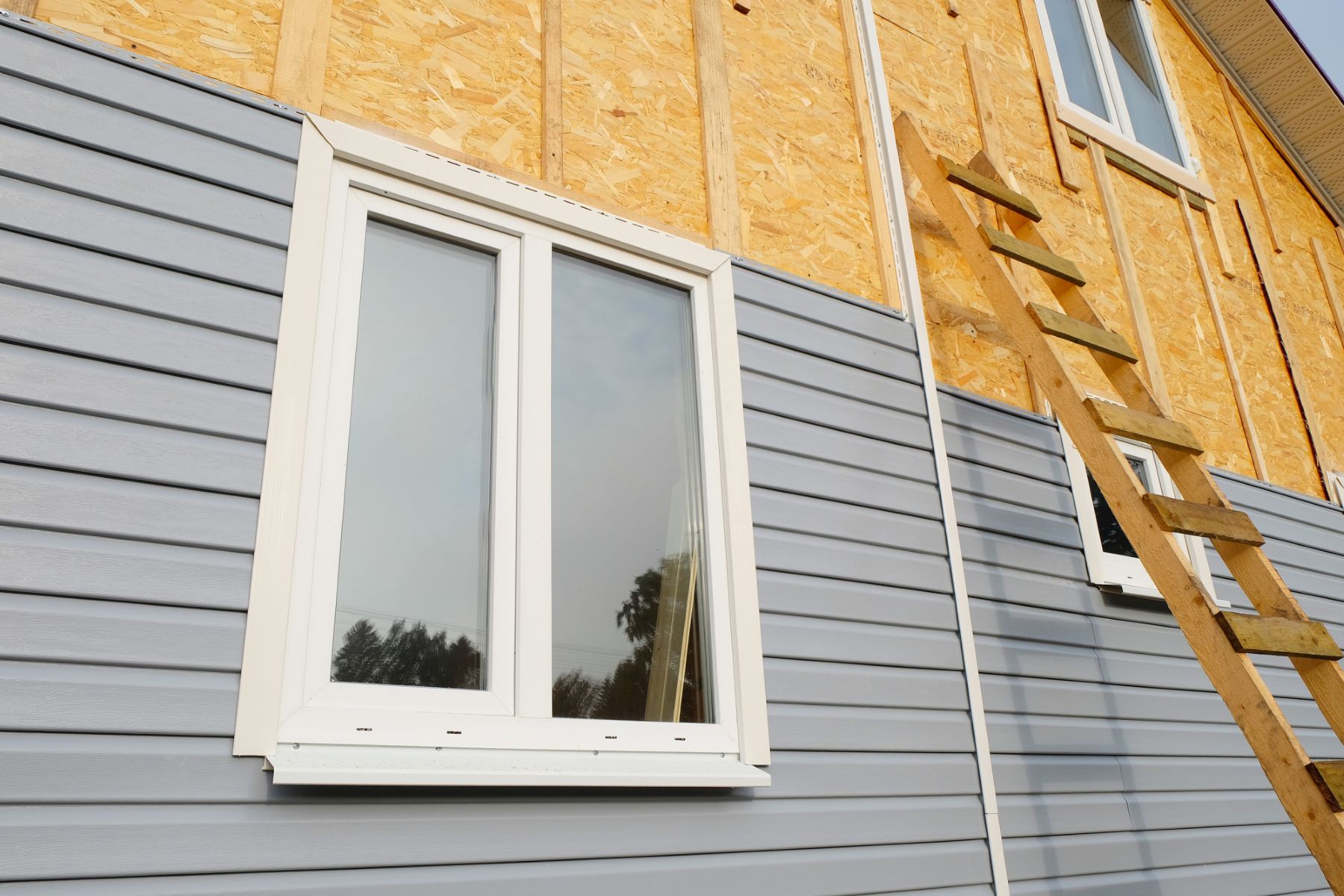

Ideas and Tips
Upgrading Your Home’s Siding DIY Maintenance Tips
Published: August 31, 2024
Enhance your home's exterior with our DIY siding maintenance tips. Learn how to clean, inspect, and repair your siding for lasting beauty and protection.
(Many of the links in this article redirect to a specific reviewed product. Your purchase of these products through affiliate links helps to generate commission for Storables.com, at no extra cost. Learn more)
Introduction
Upgrading your home's siding is one of the most effective ways to enhance its exterior beauty, protect it from the elements, and increase its value. However, maintaining your siding properly is crucial to extend its lifespan and ensure it continues to perform well. In this article, we will delve into the world of siding maintenance, providing you with comprehensive DIY tips to keep your home's exterior in pristine condition.
Understanding Your Siding Material
Before we dive into the maintenance tips, it's essential to understand the type of siding material you have. Siding comes in various materials, each with its own set of advantages and disadvantages.
Vinyl Siding
Vinyl siding is one of the most popular choices due to its durability, minimal maintenance, and cost-effectiveness. It is resistant to weather conditions, including heavy rain and extreme temperatures, making it an excellent option for many homeowners. However, it can be prone to mold and mildew buildup if not properly cleaned and maintained.
Fiber Cement Siding
Fiber cement siding offers a mix of robustness and aesthetic variety. It is known for its durability and resistance to weather conditions, making it a preferred choice for many homeowners. However, it can be more expensive than vinyl siding and requires more maintenance to keep it looking new.
Wood Siding
Wood siding provides a traditional look but requires more upkeep compared to vinyl or fiber cement siding. It is more prone to rot and insect damage if not properly sealed and maintained. However, it can be refinished or repainted to maintain its appearance.
Read more: Upgrading Your Bedroom Storage DIY Solutions
Safety Precautions
While DIY siding maintenance can be rewarding, it's essential to prioritize safety during these tasks. Here are some safety precautions to keep in mind:
- Protective Gear: Wear appropriate protective gear, such as gloves, safety goggles, and long sleeves, to safeguard yourself from any potential hazards.
- Stable Surface: Always work on a stable surface and use a sturdy ladder if necessary. Avoid overreaching, as it can lead to accidents.
- Proper Tools: Use the right tools for each task and familiarize yourself with their proper usage to avoid accidents or damage to your siding.
- Weather Conditions: Avoid working on your siding during adverse weather conditions, such as heavy rain or strong winds, as it can be hazardous.
Regular Cleaning and Washing
Regular cleaning is one of the most important aspects of siding maintenance. Here’s how you can keep your siding clean:
- Choose the Right Cleaning Solution: Use a mild soap solution specifically designed for cleaning siding. Avoid using harsh chemicals or abrasive cleaners that can damage the material.
- Prepare Your Tools: Use a soft-bristled brush or a long-handled brush to reach high areas. A garden hose with a spray nozzle can help rinse off dirt and debris.
- Clean from Top to Bottom: Start cleaning from the top of your house and work your way down to prevent dirt and debris from running down and re-depositing on clean areas.
- Inspect for Mold and Mildew: Regularly inspect your siding for signs of mold and mildew. Use a bleach solution to treat any affected areas, but always test a small area first to ensure the solution doesn’t damage the material.
Inspecting for Damage
Regular inspections are crucial to identify any potential damage early on. Here’s what you should look out for:
- Cracks and Gaps: Check for cracks and gaps in your siding. These can allow moisture to penetrate and cause further damage.
- Loose Boards: Inspect for loose boards or panels. Secure them promptly to prevent further damage.
- Rot and Decay: Check for signs of rot or decay, especially in wood siding. Address these issues promptly to prevent them from spreading.
- Pest Infestations: Look for signs of pest infestations like termites or carpenter ants. These can weaken the structure of your home and cause significant damage.
Addressing Minor Repairs
Minor repairs are essential to extend the lifespan of your siding. Here’s how you can address minor issues:
- Fix Loose Panels: Use a screwdriver or nails to secure loose panels. Make sure they are tightly fastened to prevent further damage.
- Fill Small Cracks: Use caulk or sealant to fill small cracks and gaps. This will prevent moisture from penetrating and causing further damage.
- Replace Damaged Sections: If you find damaged sections, replace them promptly. Use matching materials to ensure a seamless integration with the rest of the siding.
Dealing with Mold and Mildew
Mold and mildew can be a significant issue if not addressed promptly. Here’s how you can deal with them:
- Identify the Source: Identify the source of moisture that is causing mold and mildew growth. This could be due to poor ventilation, clogged gutters, or nearby vegetation.
- Use a Bleach Solution: Use a bleach solution to treat affected areas. However, always test a small area first to ensure the solution doesn’t damage the material.
- Preventive Measures: Take preventive measures to prevent mold and mildew growth. Ensure good ventilation around your home, clean gutters regularly, and trim vegetation near your siding.
Trimming Vegetation
Trimming vegetation near your siding is crucial to prevent moisture retention and physical damage. Here’s how you can trim vegetation effectively:
- Identify Problem Areas: Identify areas where vegetation is closest to your siding.
- Use the Right Tools: Use pruning shears or loppers to trim back vegetation.
- Keep it Regularly: Regularly trim back vegetation to prevent it from growing too close to your siding.
Sealing and Caulking
Properly sealing and caulking around windows, doors, and other openings in your siding is essential to prevent moisture penetration. Here’s how you can do it:
- Choose the Right Sealant: Use a high-quality sealant specifically designed for siding.
- Apply Evenly: Apply the sealant evenly around the edges of windows and doors.
- Allow to Dry: Allow the sealant to dry completely before exposing it to weather conditions.
Treating Stains and Discoloration
Stains and discoloration can affect the appearance of your siding. Here’s how you can treat them:
- Identify the Cause: Identify the cause of the stain or discoloration. It could be due to mold, mildew, or environmental factors.
- Use Appropriate Solutions: Use appropriate cleaning solutions to treat stains and discoloration. Always test a small area first to ensure the solution doesn’t damage the material.
- Consider Repainting or Restaining: If the stain or discoloration is severe, consider repainting or restaining your siding to enhance its appearance and protection.
Preventing Pest Infestations
Preventing pest infestations is crucial to maintain the structural integrity of your home. Here’s how you can prevent pest infestations:
- Choose Pest-Resistant Materials: Choose siding materials that are resistant to pests like termites and carpenter ants.
- Regular Inspections: Regularly inspect your siding for signs of pest infestations.
- Seal All Openings: Seal all openings around windows, doors, and other areas where pests could enter.
Seasonal Maintenance Tips
Seasonal maintenance tips are essential to address seasonal challenges and weather conditions. Here’s how you can adapt your maintenance routine:
- Spring Cleaning: In the spring, clean your siding thoroughly to remove dirt and debris accumulated during the winter months.
- Summer Maintenance: During the summer, inspect your siding regularly for signs of damage caused by extreme temperatures and weather conditions.
- Fall Preparations: In the fall, prepare your siding for winter by cleaning it thoroughly and sealing any gaps or cracks.
- Winter Precautions: During the winter, ensure that your gutters are clear and that vegetation is trimmed back to prevent moisture retention.
When to Call a Professional
While many siding maintenance tasks can be handled on your own, there are instances when it's best to seek the expertise of a professional siding contractor. Here are some scenarios where you should call a professional:
- Major Repairs: If your siding has significant damage, such as extensive rot or large cracks, a professional contractor can properly assess the situation and provide appropriate repairs or replacement.
- Extensive Damage: If your siding has suffered severe storm damage or other extensive issues, a professional can handle the repairs efficiently and restore your siding to its former glory.
- Specialized Materials: Some siding materials, like James Hardie siding, require specific expertise and knowledge for repairs or replacement. An expert siding contractor will have the necessary experience with these materials.
- Time and Convenience: If you have a busy schedule or lack the necessary tools and skills for certain tasks, hiring a professional siding contractor can save you time and effort.
Conclusion
Maintaining your home's siding is crucial to extend its lifespan and ensure it continues to perform well. By following these DIY maintenance tips, you can keep your siding in pristine condition, protect your home, and enjoy the beauty of your property for years to come. Remember to always prioritize safety during these tasks and know when to seek the expertise of a professional siding contractor. With regular cleaning, inspections, and minor repairs, you can ensure that your home's exterior remains beautiful and functional, enhancing both its aesthetic appeal and structural integrity.
Was this page helpful?
At Storables.com, we guarantee accurate and reliable information. Our content, validated by Expert Board Contributors, is crafted following stringent Editorial Policies. We're committed to providing you with well-researched, expert-backed insights for all your informational needs.
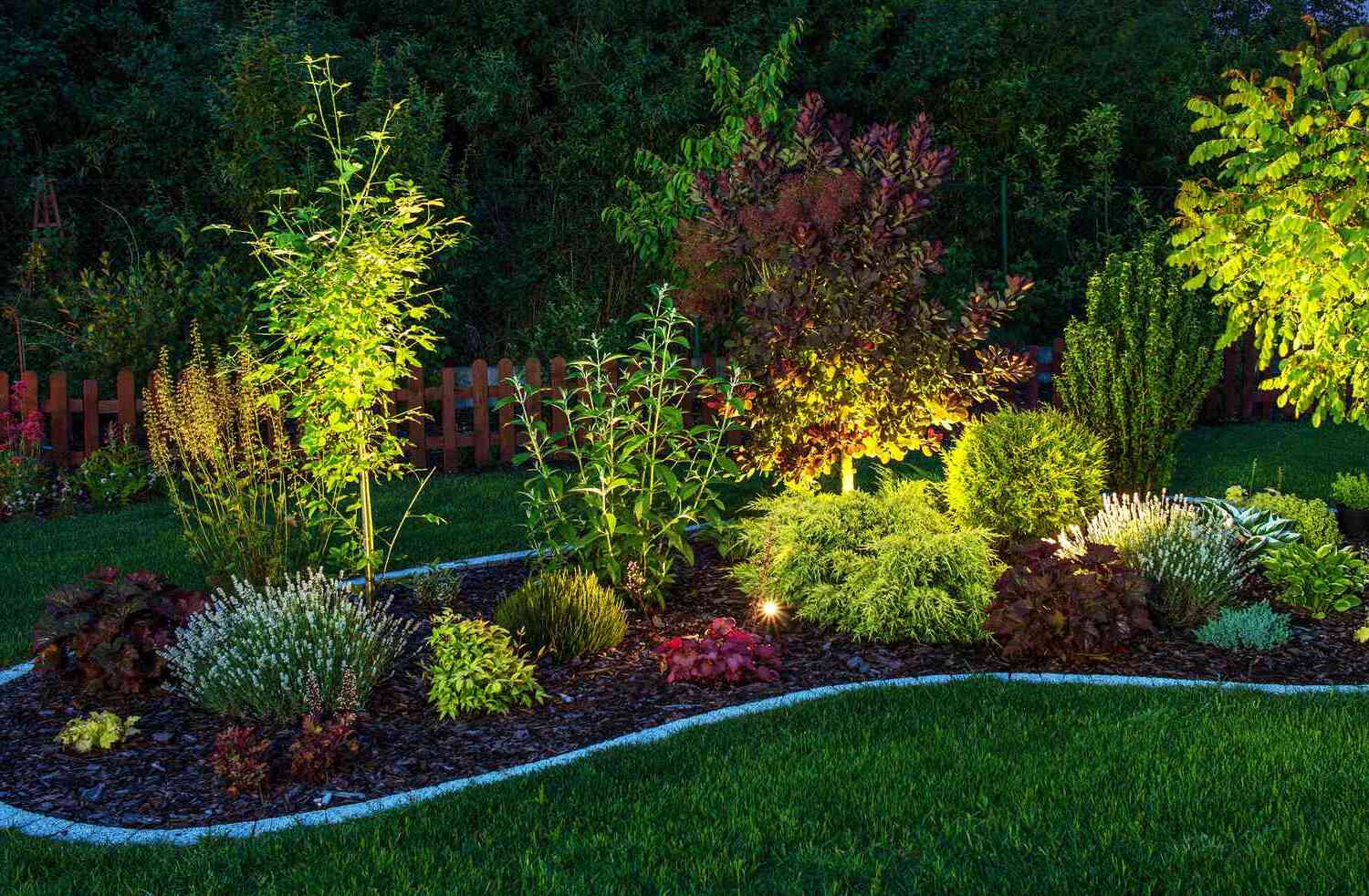
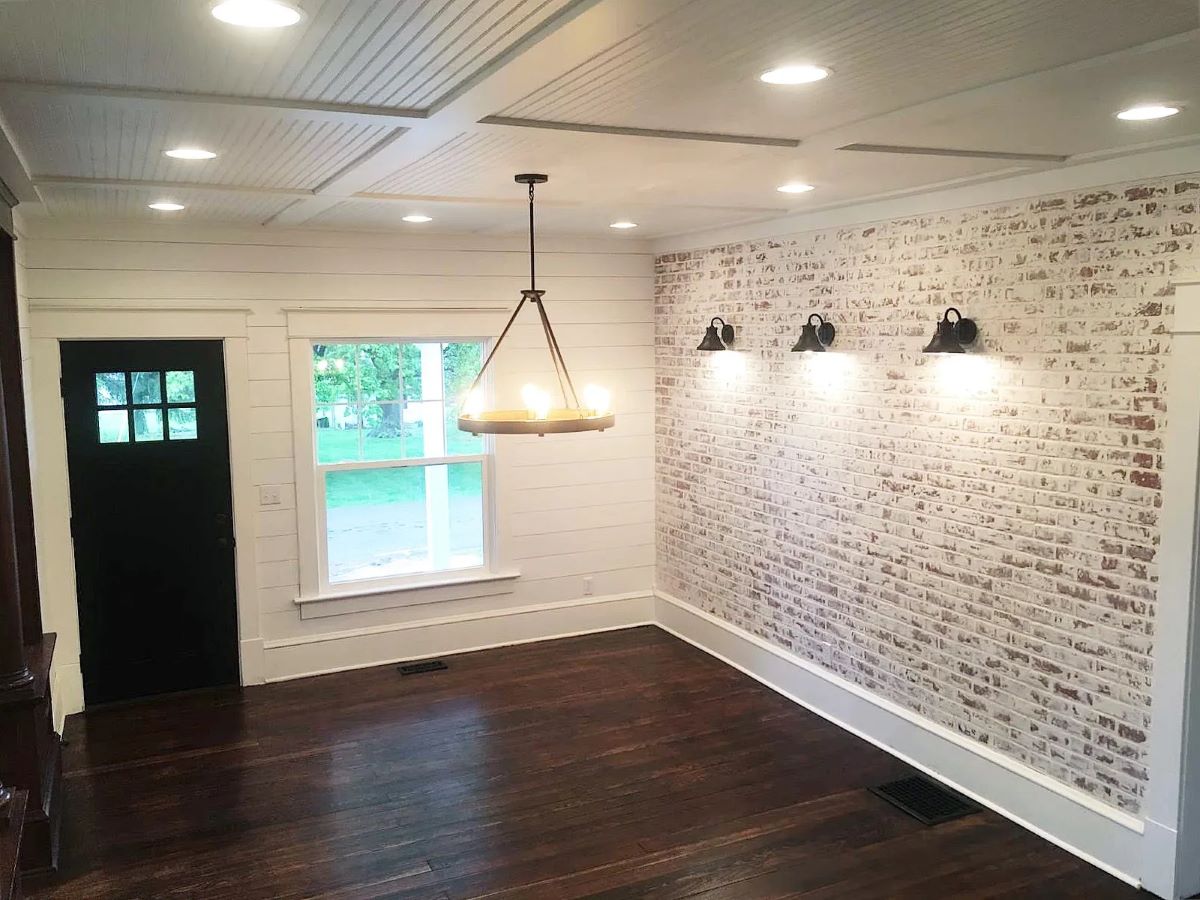


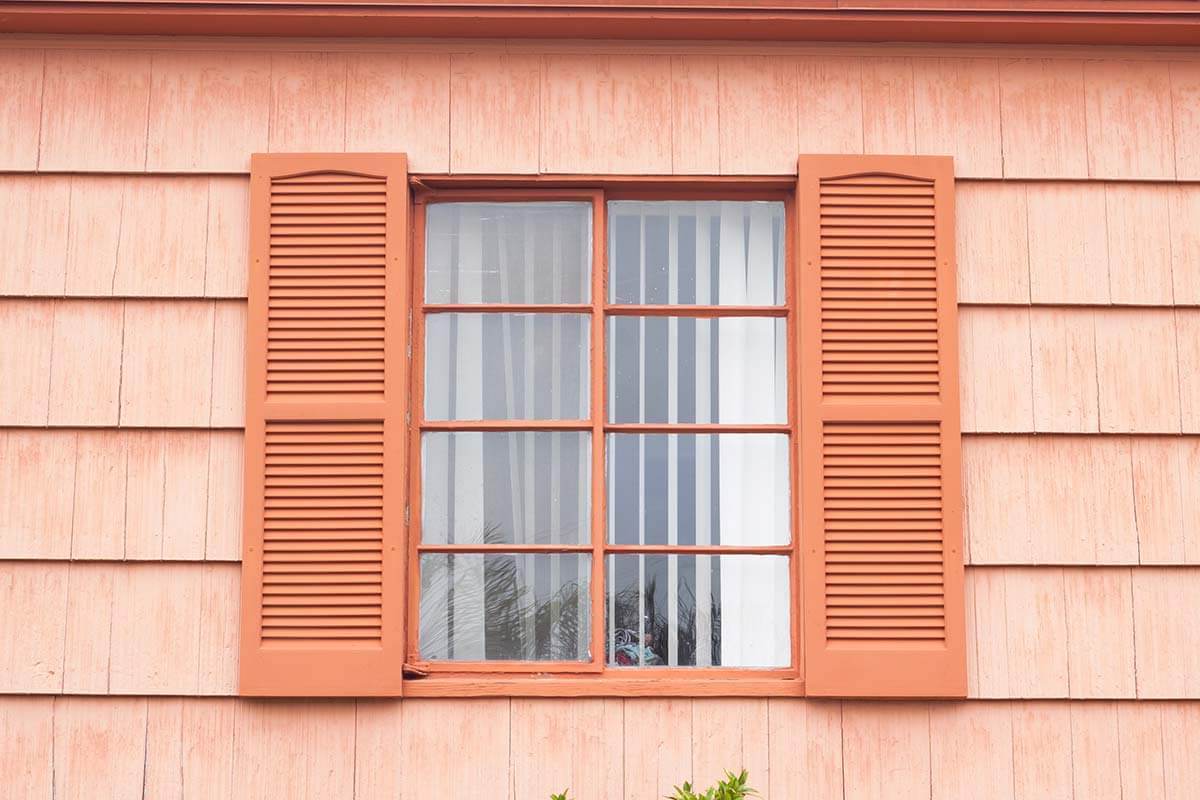


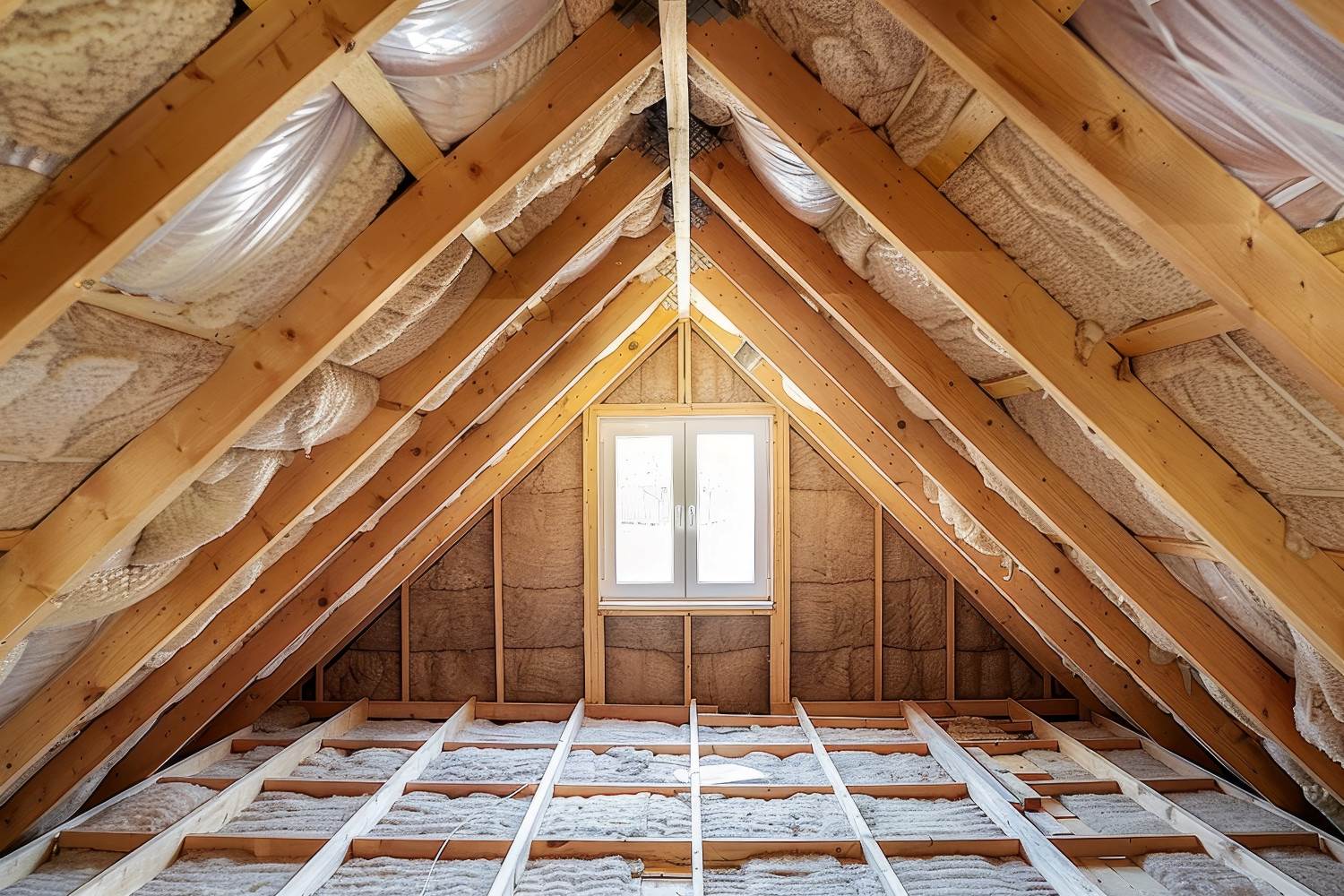
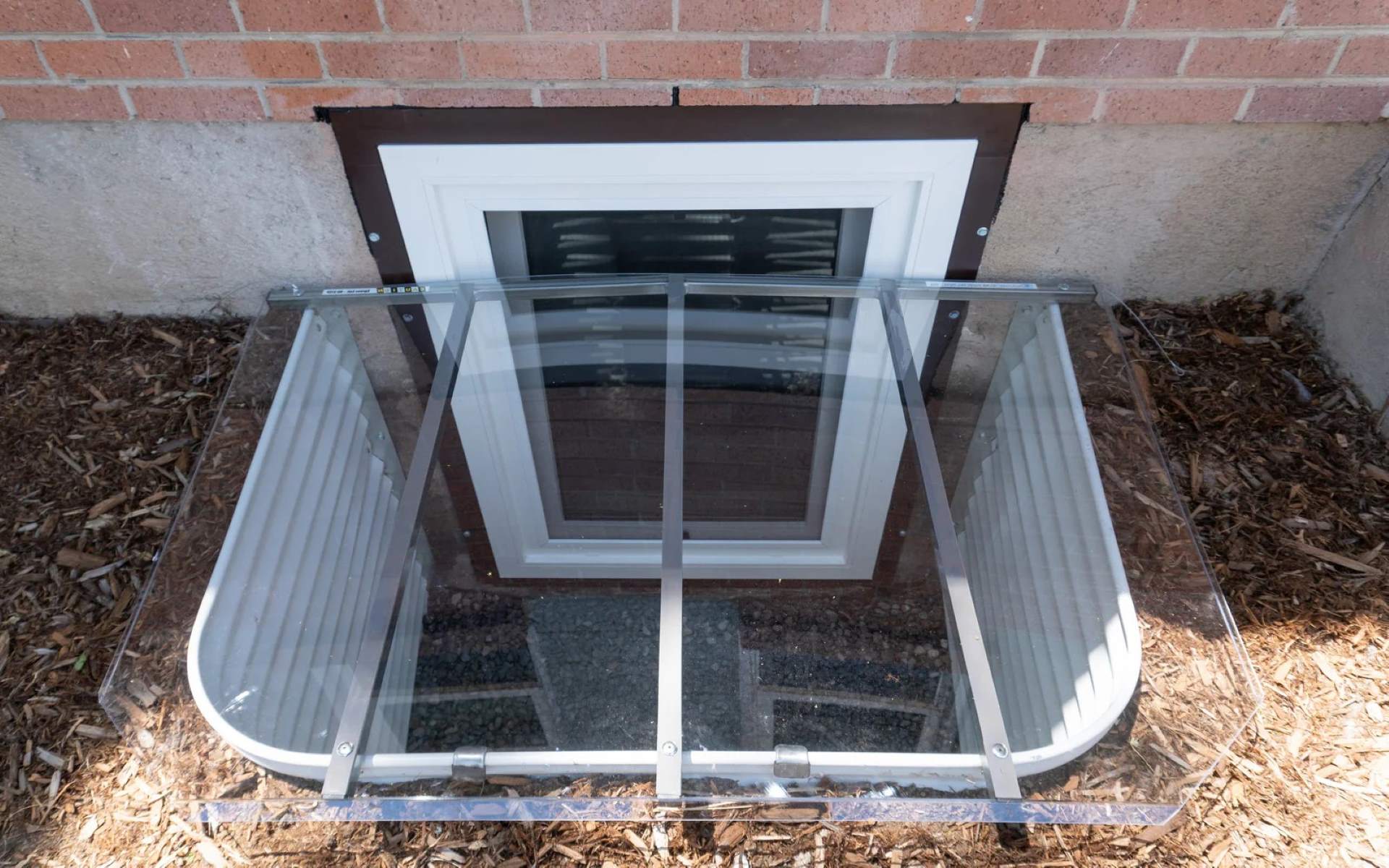


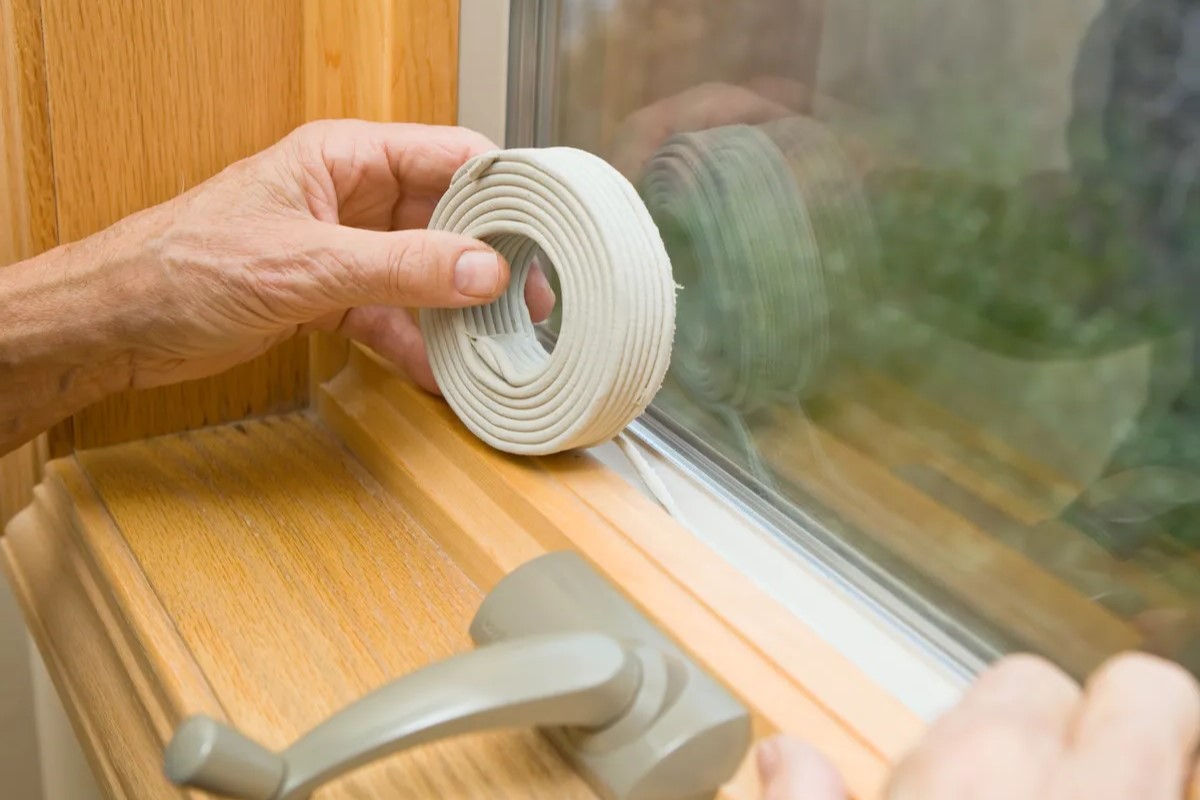

0 thoughts on “Upgrading Your Home’s Siding DIY Maintenance Tips”